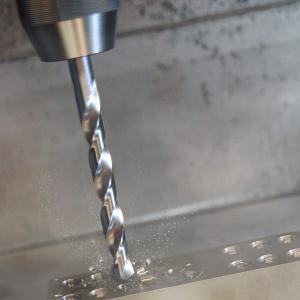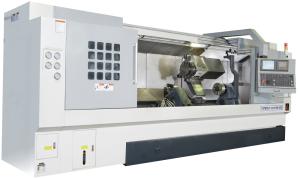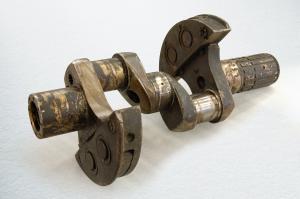Blogs for 09/2018
Despite my sore feet and the cold, overpriced sandwiches, I love the International Manufacturing Technology Show. The whine of the spindles, the smell of the coolant, the machine gun sound of the chips hitting the glass—these might not be the memories the exhibitors want me to carry home, but they stick with me the longest.
While looking through back issues of Carbide Engineering from the late 1950s, I came across an article about HSS cutting tools that reminded me of an article we published in this year’s August issue of Cutting Tool Engineering. (Editor’s note: Carbide Engineering combined with Cutting Tool Engineering starting with the January 1961 issue and dropped Carbide Engineering starting in April of that year. The publication began in 1948 as a small pamphlet called Carbide Tips, but I’m not aware of any existing copies of any issues.)
Sept. 25 marked 39 years to the day since I first stood in front of a Hardinge hand screw, scratching my head over the knobs and handles and wondering what I’d gotten myself into. To say that machine tools have improved since then is like saying this year’s computers are only slightly more powerful than those of a decade ago or that salted caramel ice cream is marginally more flavorful than vanilla. Today’s machine tools rock.
If debris or contaminants are not removed from parts, then measured values and physical dimensions can be affected, causing parts to behave unreliably and unpredictably, according to Cincinnati-based Cleaning Technologies Group LLC. “A new generation of industrial manufacturing is characterized by highly accurate machining and finishing processes, as well as precision manufacturing methods,” the company writes in a new e-book available online. “Manufacturing tolerances and acceptable limits in part variation are tighter than ever.”




